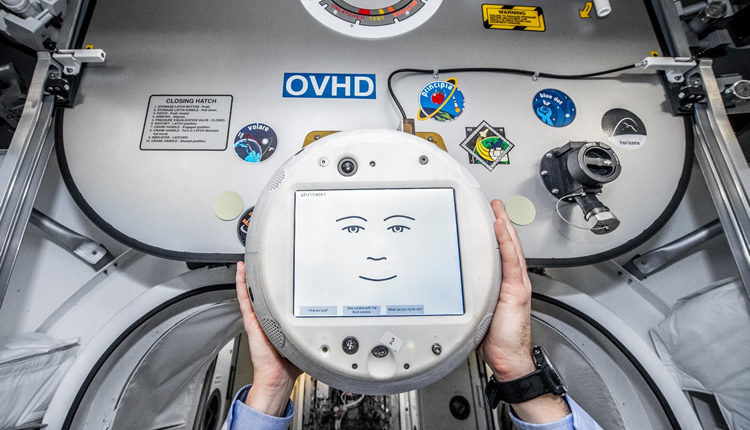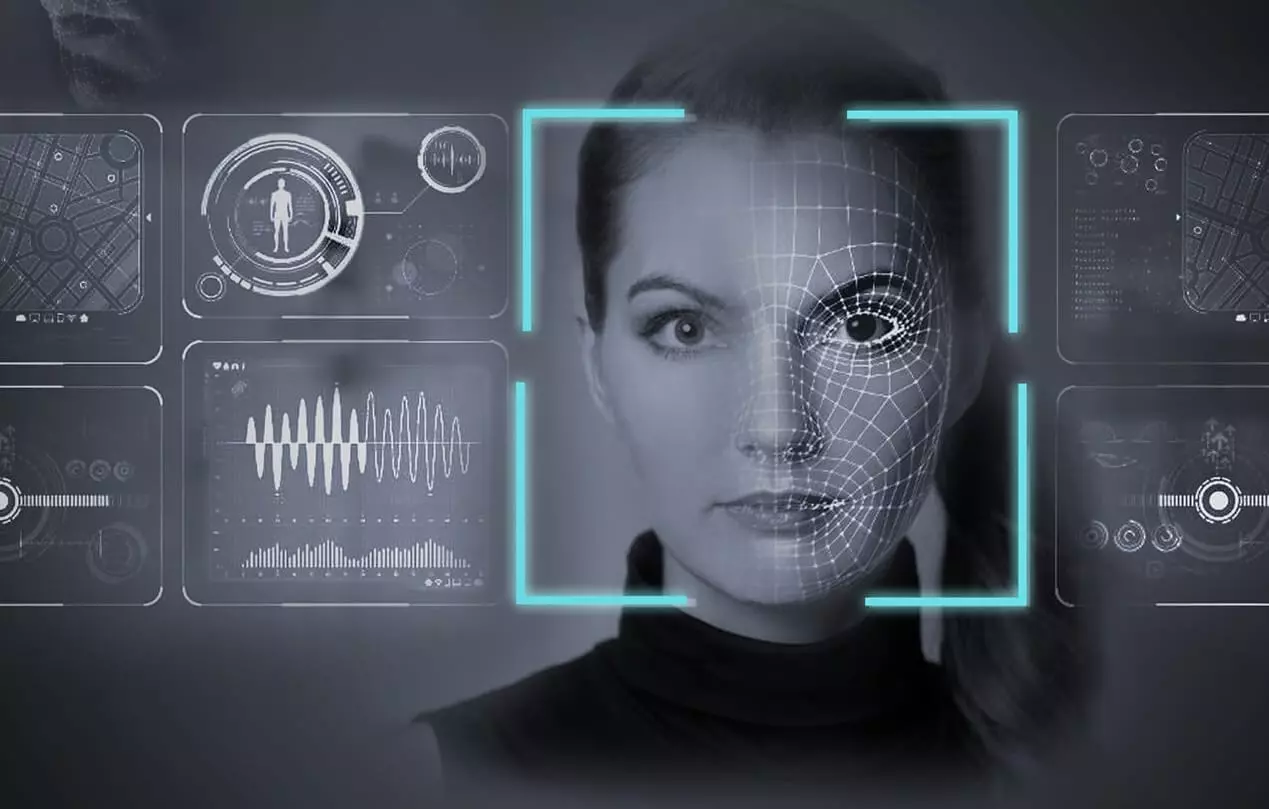CIMON, the world's first Artificial Intelligence astronaut assistant, returns to the International Space Station, this time with a greater ability to detect and react to human emotions.
The goal, according to researchers who tweaked the robot after its first successful mission aboard a spacecraft, is to transform CIMON from a scientific assistant to an "empathic partner."
The original CIMON, which spent 14 months in space, and the new and improved CIMON-2 are a joint project of IBM, Airbus, and the German Aerospace Center (DLR). CIMON returned to Earth from the International Space Station in August. CIMON 2 returns to the space station on a SpaceX rocket on its scheduled launch for December 4 at the Kennedy Space Center in Cape Canaveral, Florida.
CIMON, which stands for Crew Interactive Mobile Companion, was developed to assist astronauts with their many research tasks and activities. The voice-controlled floating robot, which operates with a slight smile on the screen, can display instructions and record images during an experiment, while listening and speaking to the astronaut.
When CIMON was first used on the International Space Station, "it demonstrated that it could understand not only the content in its given context, but also the intention behind it," says Matthias Biniok, IBM Watson's principal architect for Germany. CIMON-2 goes one step further to assess emotions and respond appropriately if astronauts wish.
In the same way that its predecessor did, CIMON-2 uses cameras, microphones, and a speaker to see, hear, and speak. CIMON-2 also incorporates other artificial intelligence technologies into the IBM Cloud, including the IBM Watson Tone Analyzer, which allows you to assess astronauts' emotions and react accordingly; the IBM Watson Assistant, which gives the airborne assistant its conversation capabilities; and Watson's voice-to-text services for voice recognition and text transcription.
CIMON-2 is also a better listener. The new microphones make the device more sensitive to comments and voice commands, so it can be interrupted while speaking.
"With CIMON-2, we seek to continue the successful CIMON demonstration," says Christian Karrasch, CIMON project manager at DLR.


